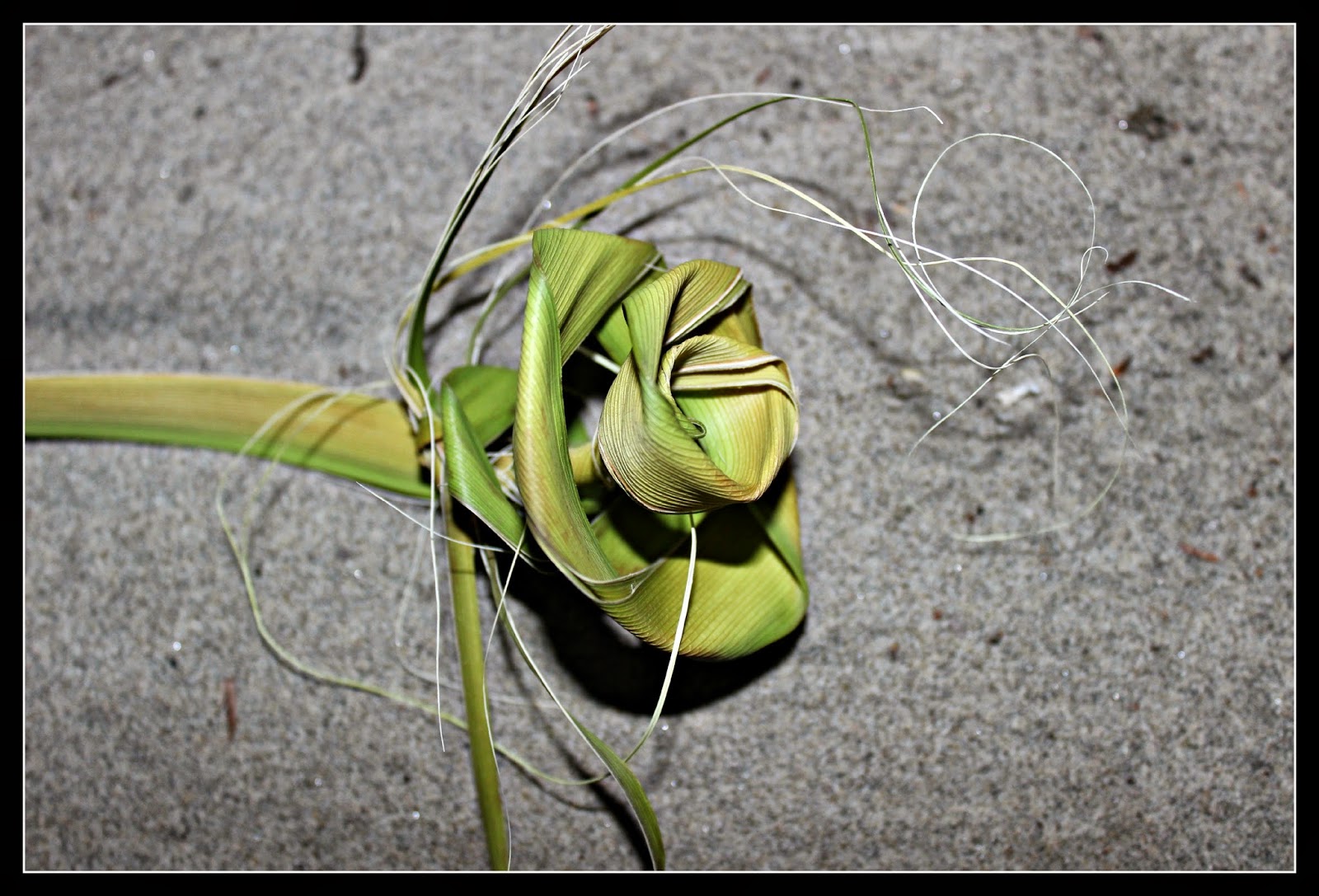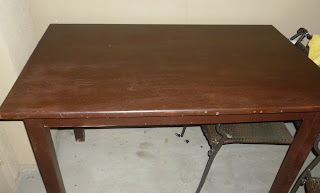In search of ocean breeze and sunny skies we headed downtown
to a two hour San Diego Bay cruise. One of
the fastest and convenient methods to the city’s activities is to jump on the
famous San Diego trolley. As with all public transportation you will meet people
from different walks of life. Some are old, many young, well-dressed professionals,
and others flocked together in families making their way to a game.
As we walked into the trolley we came across an Indiana Jones
looking man sitting quietly assembling all types of flowers, animals, and creatures
from palm leaves. With only a few seats available we were forced to sit near
the street artist. Perhaps too close for comfort. In the back of my head I kept
thinking, “I hope he doesn’t ask for change”. I watched him suspiciously over the top of the
chair.
This artist wasn’t just forging palm leaf products but also
handing them out to anyone who took interest in his activities. Mothers, little
girls, boys…he didn’t seem to care. He just sat diligently making flowers, occasionally
looking up, and then reaching out to someone with a flower in hand. A gift
without asking for anything!
I sat for a moment scanning his worn face, camouflage hat,
half beard and his deep set eyes and wondered, “What is this man’s story?” It
can be difficult to strike up a conversation with someone you know nothing
about, let alone someone who looks as though they have one foot in homelessness
and the other in the underemployed world.
He seemed friendly enough so I swallowed my reservations and
struck up a conversation. He promptly gave me a few palm leaf flowers as though
to say “thank you” for noticing him. It didn’t take much to get him talking. Just a
simple question such as, “That’s really great…I should do that as a project. Where
did you learn that?” For the next ten minutes we discussed his experiences, his
search for a job, and of course where he learned the craft of palm art.
Through the normal course of conversation we eventually came
to the business prospects of his endeavors. On more than a single occasion he earned $300+
from people who needed a batch for weddings and parties. He wanted to do more
but was limited by the access to clients and the Internet. He can walk, talk,
and make hundreds of flowers in a single day.
That got me thinking about how many other people in San
Diego need jobs, a chance to use their skills, and an opportunity to find
something meaningful to do. Leroy may be underemployed and his skills
underutilized but he had the right spirit. If it was possible to get Leroy
access to work opportunities, event planners, and wedding stores he might just
have a chance to build a small but lucrative business to support himself.
The palm leaves cost him nothing, has no overhead, and can
develop a cash business with no investment. He already has a backpack and a bag
to store his product. His fingers work fine and his clothing is clean. Leroy
didn’t appear much different than the rest of us except his face was a little tired,
his grey hair pulled back into a pony tail, and he wasn’t exactly in the latest
fashion. That of course depends on whether or not you like the outback style.
After mentioning the idea Leroy’s eyes brightened and he began
to elaborate on the many such stores he passes on his commutes that would have
a need for his art. The flowers Leroy gives out for free are nothing compared
to what he really can do. Like an artistic master he can weave bouquets, large
flowers, species of flowers, picture frames, and a variety of animals. Perhaps,
instead of giving them out on the trolley he can contact wedding stores and
pass out samples, obtain orders, and share the profits with those who sell them
to clients by the dozens. It is a made-to-order small batch production business.
Perhaps you are more interested in the bay tour and where
our final destination lay than the skills of Leroy. The tour is normally $120
for four people but we found a special price online for $70. The two hour trip took
us in both directions around the harbor. You will sail near the Navy Base and
all the way over to Point Loma. It comes in contact with sea lions, commercial
fishing boats, military vessels and plenty of sail boats.
 It is hard to complain about taking a seat on the top of a cruise
deck and watching the sites in San Diego Bay. The ocean air will cool you down
and the California sun will give you a nice tan. You can lounge and have
refreshments while learning about San Diego history. The speaker will discuss some of the military
ships and various historical landmarks. Plenty of tables on the deck and the
cruise does well managing the crowd so there is ample room for everyone-everyone
except Leroy.
It is hard to complain about taking a seat on the top of a cruise
deck and watching the sites in San Diego Bay. The ocean air will cool you down
and the California sun will give you a nice tan. You can lounge and have
refreshments while learning about San Diego history. The speaker will discuss some of the military
ships and various historical landmarks. Plenty of tables on the deck and the
cruise does well managing the crowd so there is ample room for everyone-everyone
except Leroy.
We didn’t see Leroy on the way home. Perhaps he was busy
giving samples to stores or alternatively crawled up under an overpass
somewhere. He may still be busy giving out gifts to San Diego tourists and
asking for nothing in return. Something
to brighten their day. He gave me a gift and I gave him an idea. I guess that
is how a society works. Perhaps we can learn something from Leroy.





